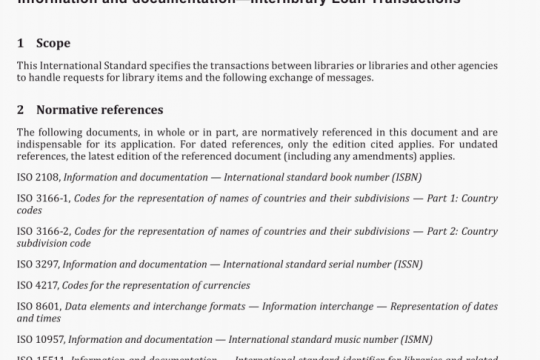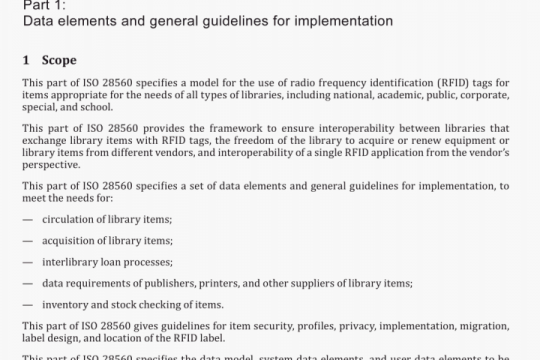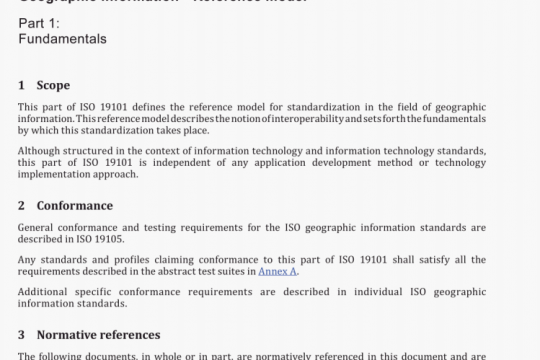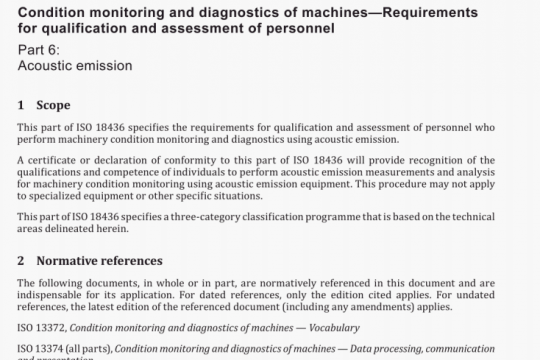ISO 10343:2014 pdf free
ISO 10343:2014 pdf free.Ophthalmic instruments – Ophthalmometers
The following documents, in whole or in part, are normatively referenced in this document and are indispensable for its application. For dated references, only the edition cited applies. For undated references, the latest edition of the referenced document (including any amendments) applies.
ISO 8429, Optics and optical instruments一Ophthalmology一Graduated dial scale
ISO 15004-1:2006, Ophthalmic instruments一Fundamental requirements and test methods一Part 1:General requirements applicable to all ophthalmic instruments
IEC 60601-1, Medical electrical equipment一Part 1: General requirements for basic safety and essential performance
The ophthalmometer shall conform to requirements given in Table 1 or Table 2. Conformity shall be verified as described in 5.2. If the instrument conforms to the requirement of Table 1 it is a “Type B” ophthalmometer. If the instrument conforms to the requirements of Table 2 it is a“Type A” ophthalmometer. Type A and Type B ophthalmometers have sufficient resolution and range to adequately measure human corneas. Type A ophthalmometers have sufficient resolution and range (see Table 2) to adequately measure the radii of curvature of contact lenses complying with ISO 18369-3:2006, 4.1.3, and Clause 5. It is assumed that the local corneal front surface and both contact lens surfaces are spherical or toroidal.
Each lens is mounted in a holder whose mechanical axis is coincident and parallel with the test lens’ optical axis. As indicated in Figure A.1, the holder is an octagonal cylinder composed of four pairs of parallel plano surfaces, each of which is equidistant from, and parallel to, the holder’s mechanical axis.
Each toric test lens is mounted so that its principal meridians are perpendicular to an orthogonal pair of holder plano reference surfaces within the following tolerances:
a) Type 1:±1°
b) Type 2:±0,5°
The angular precision of the lens mounting can be verified by a setup as shown in Figure A.2. A low-energy visible laser beam of approximately 10 mm diameter is directed normally to the test lens’ plano surface. A small real aerial image is formed by the test lens. A suitable positive lens, placed at a convenient axial distance from the first image, can be used to project enlarged line images on to a screen. If test lens holder and screen reference line are commonly referenced by spirit level, the orientation of the test lens in the holder can be verified.ISO 10343 pdf download.




